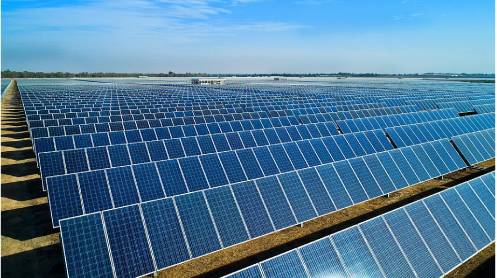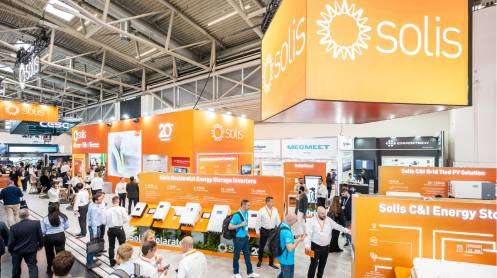A new report from BloombergNEF forecasts a continued decline in the levelized cost of electricity (LCOE) for grid-scale solar and battery energy storage globally in 2025.
LCOE, a key metric for comparing energy technologies, measures the lifetime cost of a power plant divided by its total energy production.
According to the report, the LCOE for fixed-axis utility-scale solar projects is expected to drop 2% year-over-year, falling from $36 per megawatt-hour (MWh) in 2024 to $35 per MWh in 2025. BloombergNEF projects a further decline to $25 per MWh by 2035, representing a 31% decrease over the next decade.
Battery energy storage costs are forecast to decline even more significantly, dropping 11% from $104 per MWh in 2024 to $93 per MWh in 2025. By 2035, LCOE for storage is expected to reach $53 per MWh, nearly half of today’s cost.
The report highlights that the cost of fixed-axis solar farms fell 21% globally in 2024, with module prices reaching or dropping below production costs. Despite ongoing overcapacity in the solar supply chain, BloombergNEF does not anticipate significant price increases in 2025.
“New solar plants, even without subsidies, are now nearly as cost-competitive as new U.S. gas plants,” the report stated. The potential for U.S. liquefied natural gas (LNG) exports could further enhance solar’s competitiveness by exposing domestic gas markets to global price fluctuations.
While trade barriers and protectionist policies may temporarily slow clean energy cost reductions, BloombergNEF still expects LCOE for solar and storage to decline by 22% to 49% by 2035.
“China is exporting green energy technology at record-low prices, prompting other nations to consider trade barriers,” said Matthias Kimmel, head of energy economics at BloombergNEF. “However, the overall trend of cost reductions is so strong that no policy shift—not even by President Trump—can reverse it.”







